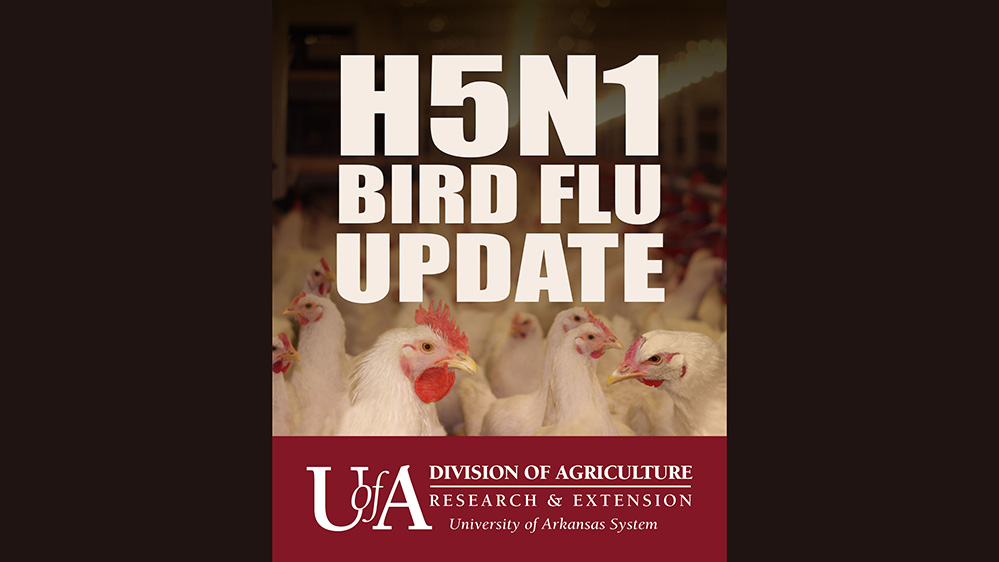Strong, Arkansas – In response to the recent detection of a deer with chronic wasting disease in Union County, the Arkansas Game and Fish Commission, U.S. Fish and Wildlife Service and USDA APHIS Wildlife Services will conduct a sampling effort on Felsenthal National Wildlife Refuge during the next week to further understand the prevalence of the disease in south Arkansas.
The plan is to begin sampling deer on Felsenthal NWR starting on Monday, Feb. 7. The refuge closes its deer season each year on Jan. 31.
The first detection of CWD in south Arkansas came from a deer harvested in Felsenthal National Wildlife Refuge during the permit-based annual modern gun deer hunt in November. A CWD sample was collected at the check station for that hunt. That sample tested positive for CWD and was confirmed by the Wisconsin Veterinary Diagnostic Laboratory in Madison.
“We received 125 samples from check stations on the refuge,” A.J. Riggs, AGFC wildlife health biologist. “Without the cooperation of refuge staff, this case may have gone undetected for many more years.”
The sampling effort will take place on the refuge, as well as Beryl Anthony Lower Ouachita Wildlife Management Area, with a target of 40 to 50 deer being taken from the refuge and 15 taken from the WMA. By comparison, hunters harvested more than 440 deer from the refuge and 47 from the WMA during the 2021-22 deer season.
Cory Gray, chief of the AGFC’s research division, said that post-season targeted removal management actions conducted in other states suggests five to seven deer per square mile is a successful treatment to stabilize disease prevalence in areas where the disease is discovered in initial stages. The area to where samples will be taken is a small portion of the refuge, closest to the location where the CWD-positive deer was harvested.

“We are still working with hunters and landowners to collect as many samples through our voluntary CWD surveillance system, but with the detection being identified near the end of deer season, we need to use this sampling effort to look a little deeper and remove high risk social groups,” Gray said.
The added surveillance also is in response to the detection being so far from any previously known cases of CWD.
“Our CWD Management and Response Plan, which was developed with input from the leading researchers in the disease, specifies this course of action when a new detection occurs in an area where apparent prevalence is less than 5 percent,” Gray said. “This detection is most likely from a different source than previous Arkansas cases, so we need to look at it independently from previous cases and determine its spread in this portion of the state and within the local deer population. We have one piece of a larger puzzle, we are confident that these actions and teaming with our federal partners will provide additional pieces.”
The Louisiana Department of Wildlife and Fisheries conducted a similar sampling effort in Union and Morehouse parishes, which lie on the Arkansas/Louisiana border directly south of the detection. Three hundred samples were taken near the Arkansas border to determine if the disease was also in Louisiana. That testing yielded zero positive detections within those two parishes. However, a recent suspect case has been discovered southeast of Felsenthal Refuge in Tensas Parish through LDWF’s heightened surveillance.




